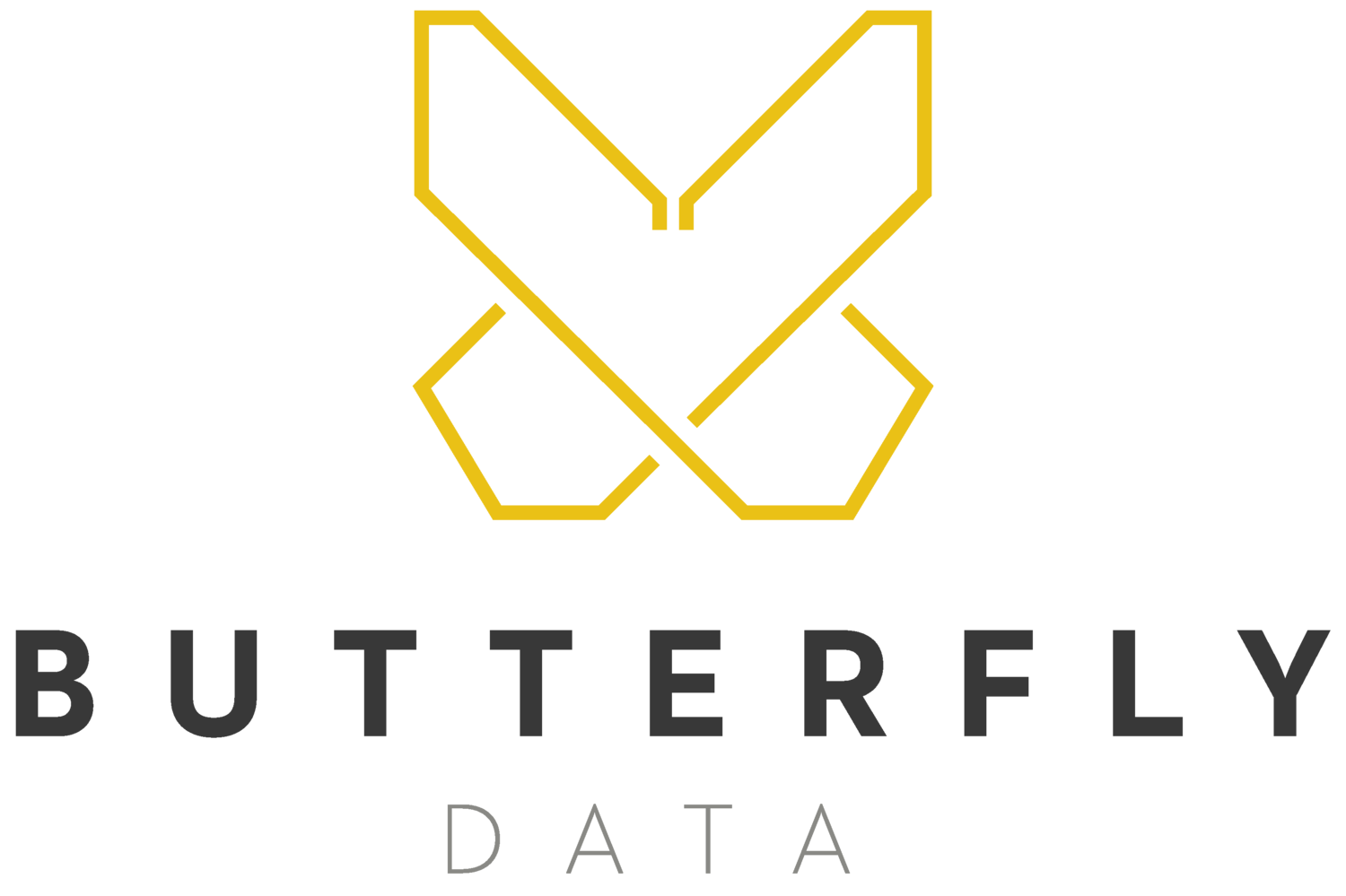Getting to grips with SAS
Having very recently graduated after four years at university, a time where I was frequently introduced to all sorts of concepts in the realms of Computer Science and Robotics. However, it was once again time to find myself in the deep end again. This time it was a peculiar language called SAS. Yes, I mean SAS and not SaaS (Software as a Service). In my second interview with Butterfly Data, I was asked about SAS. I thought it was one of those clever questions interviewers ask to throw off a candidate. I was perplexed and, to be honest, I had no idea what my interviewer was talking about.
SAS stands for Statistical Analysis System. It began life as a program developed in 1966 to analyze agricultural data. Ten years later the founders, Jim Goodnight, Jim Barr, John Sall and Jane Helwig formed SAS Institute Inc. Their primary focus, which still remains true, was meeting customer needs. SAS tends to be primarily used by companies that specialise in data management and data analytics. SAS, as I have gathered, so far is extremely efficient when working with large datasets.
Imagine you are a national government of a country of more than 50 million people. You will likely have to hold personal details of all your citizens and keep track of foreign nationals in your country. Then perhaps consider the more specific data of registered addresses, work permits, health records etc. Would you use an Excel spreadsheet to hold all this data? I would hope you wouldn’t. SAS has the advantage over other languages in the sense that it was built for such a purpose. Storing your data on your purpose-built servers whilst using SAS software to organise, interface and draw insights from your database can be, in many contexts, more practical.
The SAS learning environment is brilliant. SAS deliver their training material using short videos and tasks. This learning is delivered in bite size pieces that are simple to grasp. Personally, I have completed SAS Essentials and the SAS Macro courses. I look to add SAS SQL to the belt. Importantly, learning is at your own pace. I believe it is always good to consolidate your learning, especially for programming, by trying things for yourself and utilising what you have learned.
What I would encourage others to do is approach SAS with an open mind. I have found that it is a brilliant instrument for handling large datasets, especially when data analytics is your focus. In my opinion, it is another vital tool for the modern data scientist.


